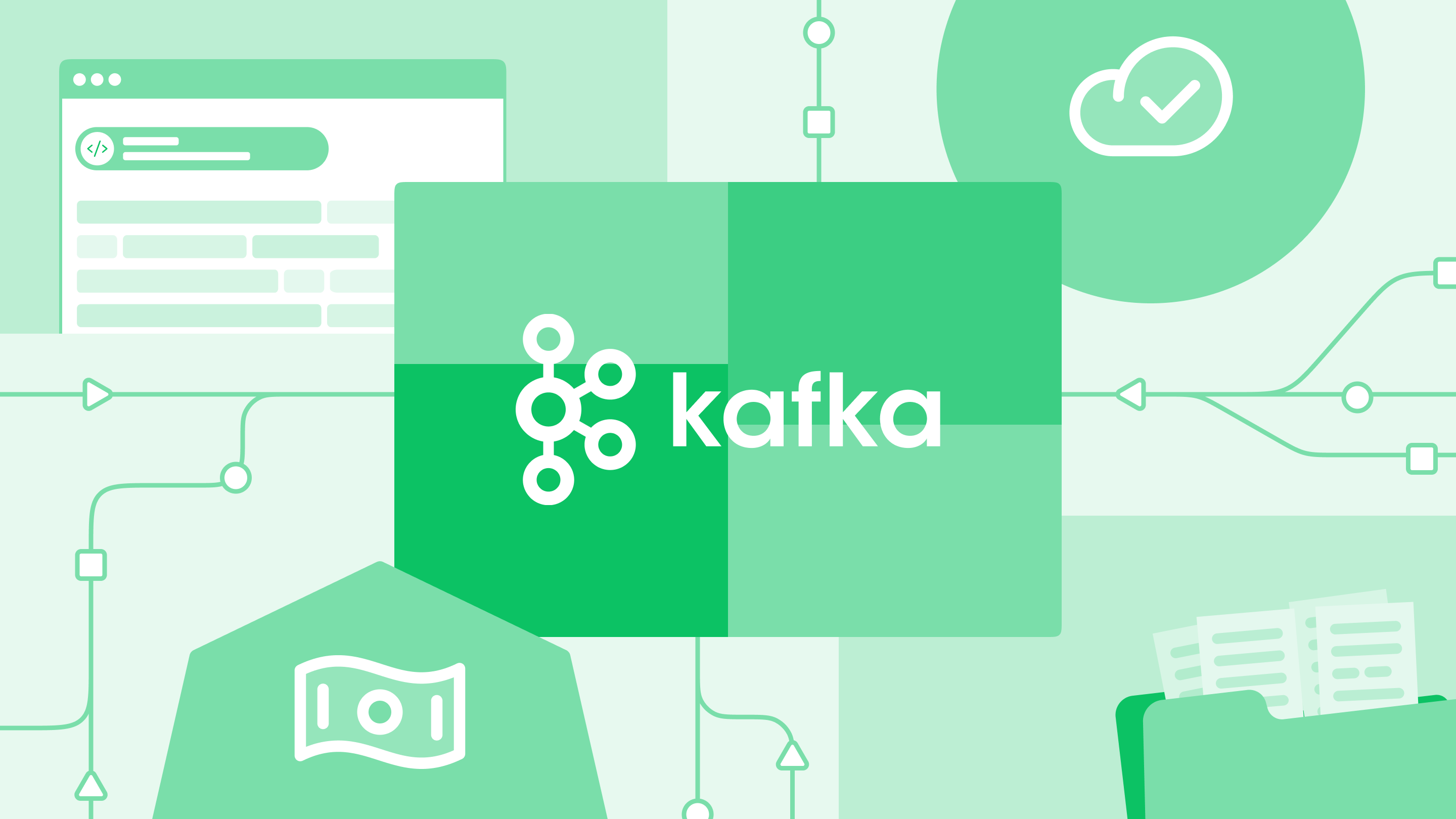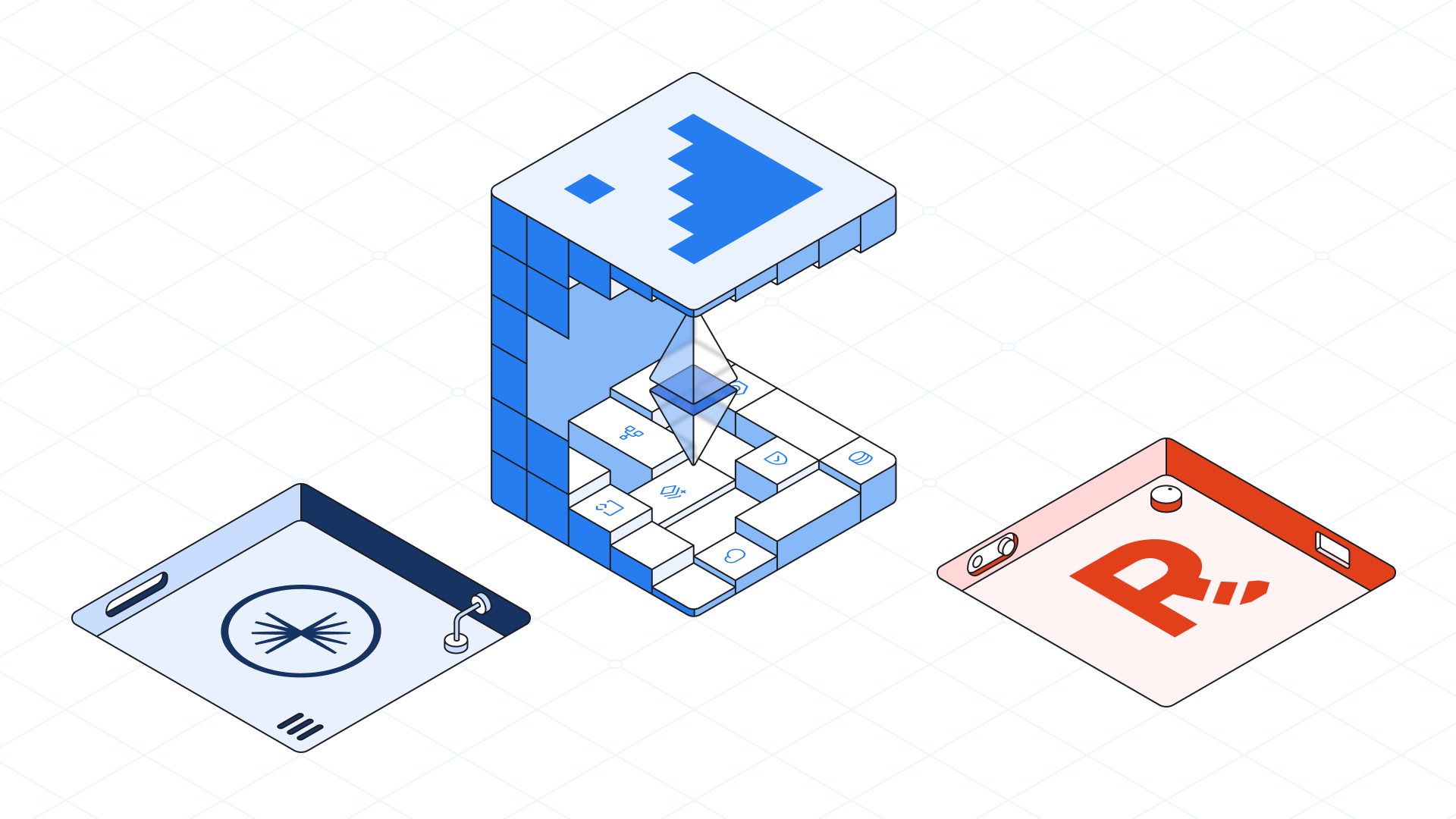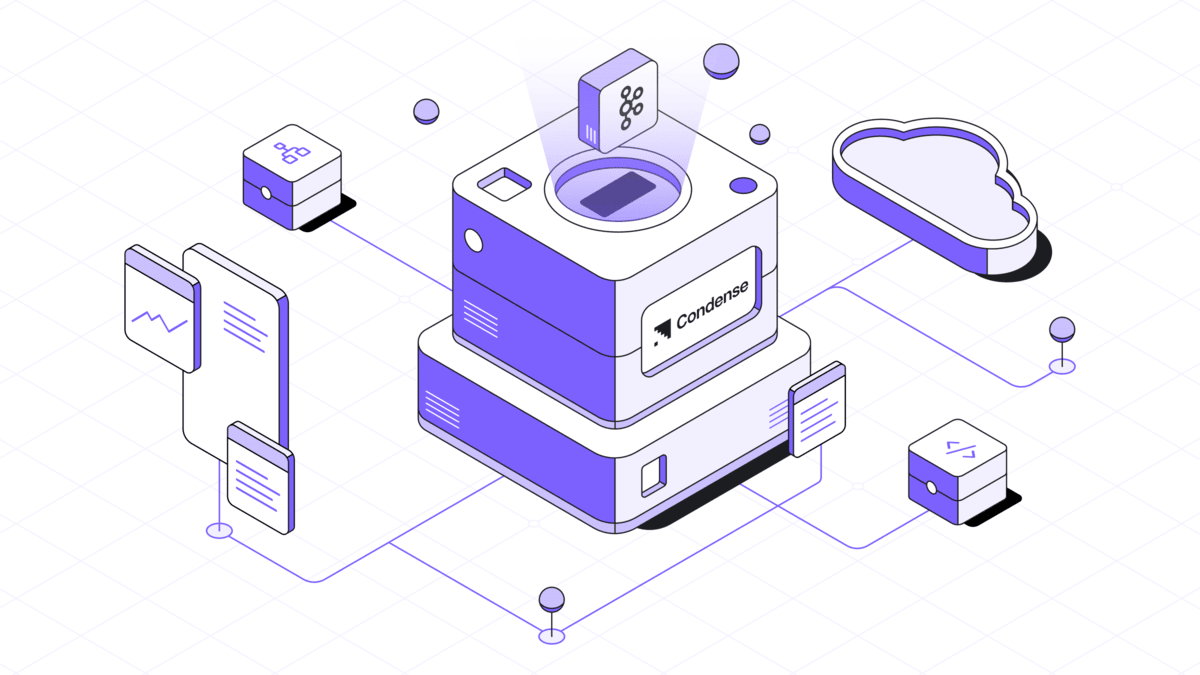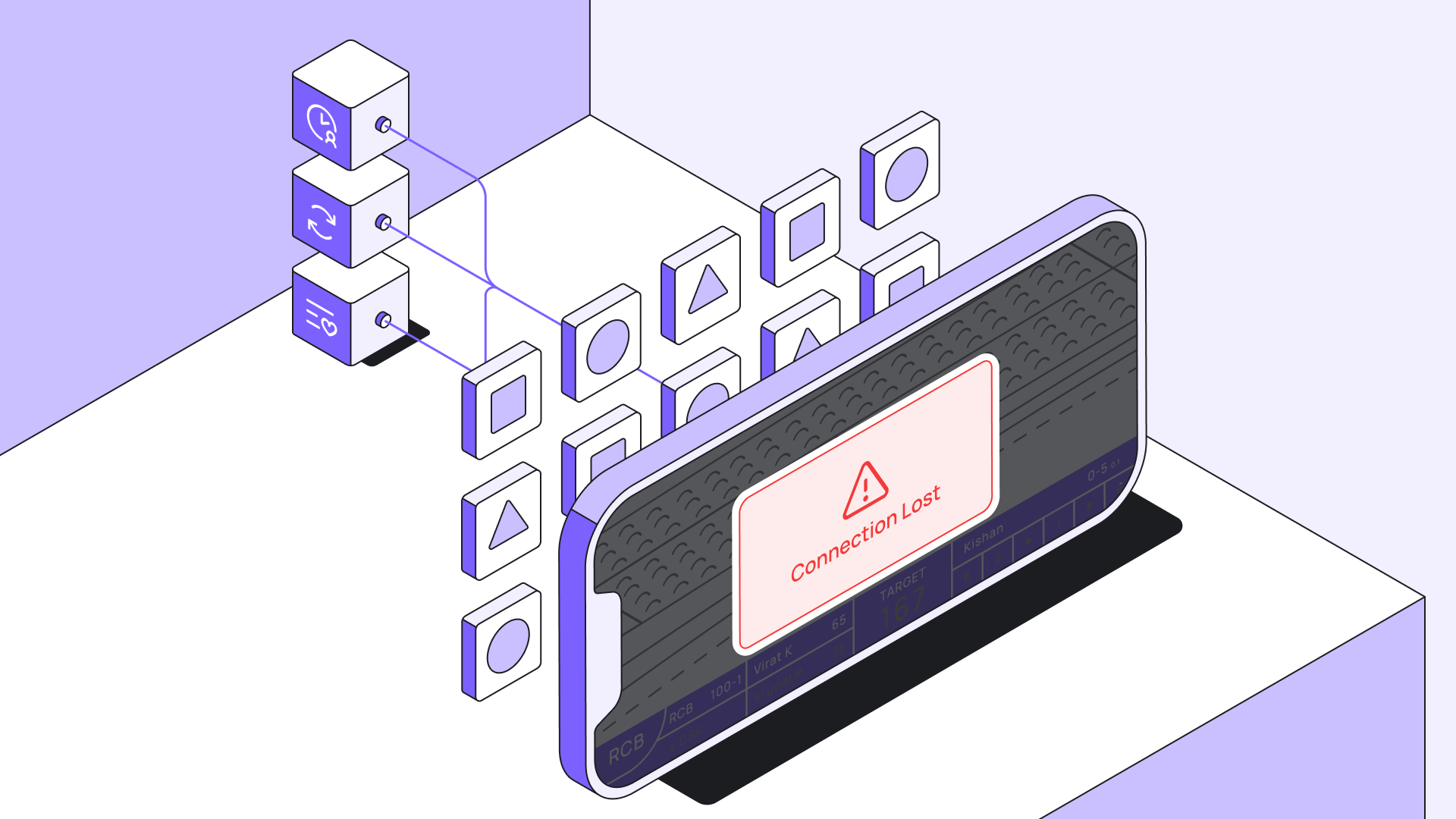Streaming ETL with Condense: A Faster, Smarter Alternative to Batch Processing

Strong 8k brings an ultra-HD IPTV experience to your living room and your pocket.
Introduction
From Batch ETL to Real-Time Streaming — and Why Kafka Changed Everything
For decades, enterprises relied on batch-oriented ETL (Extract, Transform, Load) processes to move and prepare data for analysis. Batch ETL was designed in an era where data volumes were modest, real-time decision-making was rare, and overnight data refresh cycles were acceptable.
However, as digital interactions exploded and businesses shifted toward real-time engagement, batch ETL began to show critical limitations:
- Latency between event generation and actionability,
- Resource inefficiencies due to bursty processing,
- Fragility in error handling and recovery,
- Inability to support use cases like instant fraud detection or dynamic personalization.
The need for streaming architectures — where data could be processed continuously and transformations applied in motion — became urgent.
Kafka emerged in this context. Originally developed at LinkedIn to handle real-time data ingestion at internet scale, Kafka introduced a durable, high-throughput, distributed commit log architecture that enabled the decoupling of data producers and consumers—a critical foundation for event-driven architectures.
However, while Kafka solved the problem of real-time event transport, building full streaming ETL pipelines on Kafka remained operationally complex:
- Managing brokers, partitions, replication, scaling,
- Building connectors to numerous external systems,
- Implementing transformations on the fly,
- Ensuring observability and operational reliability.
This is where Condense reimagines the ecosystem — delivering a vertically optimized, fully managed streaming platform that transforms Kafka into a complete Streaming ETL solution.
Limitations of Traditional Batch ETL
Before exploring streaming ETL with Condense, it is important to recognize the challenges posed by batch ETL architectures:
- Delayed Insights: Data is stale between batch cycles, making real-time decision-making impossible.
- High Operational Risk: Failures during batch jobs often require rerunning entire pipelines.
- Poor Resource Utilization: System resources are underutilized most of the time, then overloaded during batch windows.
- Limited Agility: Adding new data sources or transformations requires heavy reengineering.
In an environment where customer expectations, security threats, and operational requirements evolve in real time, batch ETL imposes inherent limitations that no longer align with modern business needs.
Streaming ETL: A Paradigm Shift
Streaming ETL reimagines data pipelines as continuous, event-driven processes:
- Events are ingested, transformed, and delivered immediately as they occur.
- Errors affect only individual events, not entire pipelines.
- Resource utilization is even and predictable.
- New use cases — real-time fraud detection, dynamic inventory updates, predictive maintenance — become achievable.
Kafka provided the critical foundation for this shift by enabling real-time, durable, scalable event streaming.
However, Kafka alone is not sufficient to fully operationalize streaming ETL pipelines without significant custom development and operational management.
Condense bridges this gap — providing a complete, production-ready Streaming ETL platform built natively on Kafka's powerful backbone.
Condense: Streaming ETL, Fully Realized
Condense transforms Kafka from a raw event transport system into a vertically complete Streaming ETL platform, offering:
- Fully managed Kafka clusters tuned for streaming workloads,
- Real-time connectors to diverse source and sink systems,
- Integrated low-code and custom-code transformations,
- Full observability from pipeline to infrastructure,
- Secure BYOC (Bring Your Own Cloud) deployments for data sovereignty.
Unlike traditional Kafka platforms that require assembling multiple services, Condense delivers an out-of-the-box, real-time ETL experience, enabling organizations to move from event ingestion to business action seamlessly.
Core Capabilities for Streaming ETL with Condense
Managed Kafka Backbone
Condense the abstracts of Kafka operations entirely:
- Broker scaling, partition optimization, and replication management are fully automated.
- Clusters deliver 99.95% uptime SLAs and elastic scaling.
- KRaft metadata management simplifies architecture and improves reliability.
Enterprises gain Kafka’s real-time event streaming benefits without operational complexity.
Real-Time Connectors and Transformations
Condense provides prebuilt, streaming-native connectors to databases, cloud storage, SaaS platforms, and analytical engines.
Transformations can be implemented:
- Using drag-and-drop low-code utilities for common operations (filtering, enrichment, validation),
- Or with custom code development inside an integrated, AI-assisted IDE.
Streaming ETL pipelines built on Condense can perform complex event joins, schema mapping, aggregations, and enrichments dynamically, without batch orchestration.
End-to-End Observability
Streaming systems demand real-time operational insight.
Condense embeds full observability natively:
- Kafka broker health and topic performance dashboards,
- Pipeline visualization mapping connectors, transforms, topics, and consumers,
- Real-time metrics: throughput, consumer lag, retry rates, partition health,
- Log tracing and payload inspection for rapid debugging,
- Seamless external integrations with Prometheus, Grafana, and Datadog.
Operational reliability is designed into every pipeline, not added retroactively.
Secure BYOC Deployments
Condense supports deployment directly into customer-owned cloud environments (AWS, Azure, GCP).
This ensures:
- Full control over data residency and compliance,
- Leverage of existing cloud credits,
- Lower operational costs by avoiding double hosting,
- No lock-in to external infrastructure providers.
Streaming ETL pipelines remain secure, compliant, and cost-effective.
Real-World Use Cases for Streaming ETL with Condense
Organizations across industries leverage Condense for critical real-time initiatives:
- Financial Services: Continuous fraud detection pipelines monitoring transaction streams.
- Retail and eCommerce: Real-time inventory synchronization and personalized promotions.
- Manufacturing: Predictive maintenance pipelines ingesting IoT telemetry.
- Healthcare: Patient monitoring and alert generation pipelines.
- Telecommunications: Real-time network event monitoring for SLA assurance.
By enabling continuous ETL flows, Condense allows enterprises to operate based on current conditions, not outdated batch snapshots.
Conclusion
Batch ETL architectures, while foundational historically, can no longer keep pace with the demands of modern, real-time businesses.
Kafka initiated the transformation to event-driven architectures by solving the problem of durable, scalable event transport.
However, building production-grade streaming ETL pipelines on Kafka still required significant expertise and operational overhead.
Condense delivers the next evolution — a fully realized Streaming ETL platform, combining managed Kafka, real-time connectors, transformation capabilities, observability, and BYOC deployments into a seamless, production-ready solution.
Organizations adopting Condense for streaming ETL unlock:
- Immediate time-to-insight,
- Lower operational complexity,
- Reduced data staleness and SLA risks,
- Greater business agility and responsiveness.
In a real-time economy, batch is obsolete. Streaming is essential. Condense makes streaming ETL practical, scalable, and reliable for every enterprise.
FAQ
1. Why was Kafka important in the evolution of streaming ETL?
Kafka introduced scalable, durable, real-time event streaming, making it possible to decouple producers and consumers in data architectures and enabling continuous ETL flows.
2. What challenges exist when using Kafka alone for streaming ETL?
Kafka provides transport but lacks built-in capabilities for managing connectors, transformations, monitoring, and deployment, requiring significant custom engineering.
3. How does Condense improve Streaming ETL compared to open-source Kafka deployments?
Condense offers managed Kafka, integrated connectors, transformation engines, end-to-end observability, and BYOC deployment, simplifying and accelerating Streaming ETL adoption.
4. Does Condense support schema evolution during streaming transformations?
Yes. Condense integrates schema registry capabilities to ensure safe schema evolution and compatibility across transformations and downstream systems.
5. What industries can benefit from Streaming ETL with Condense?
Financial services, retail, manufacturing, healthcare, telecommunications, and any sector requiring real-time decision-making based on fresh data streams.
Note: IndiBlogHub features both user-submitted and editorial content. We do not verify third-party contributions. Read our Disclaimer and Privacy Policyfor details.







